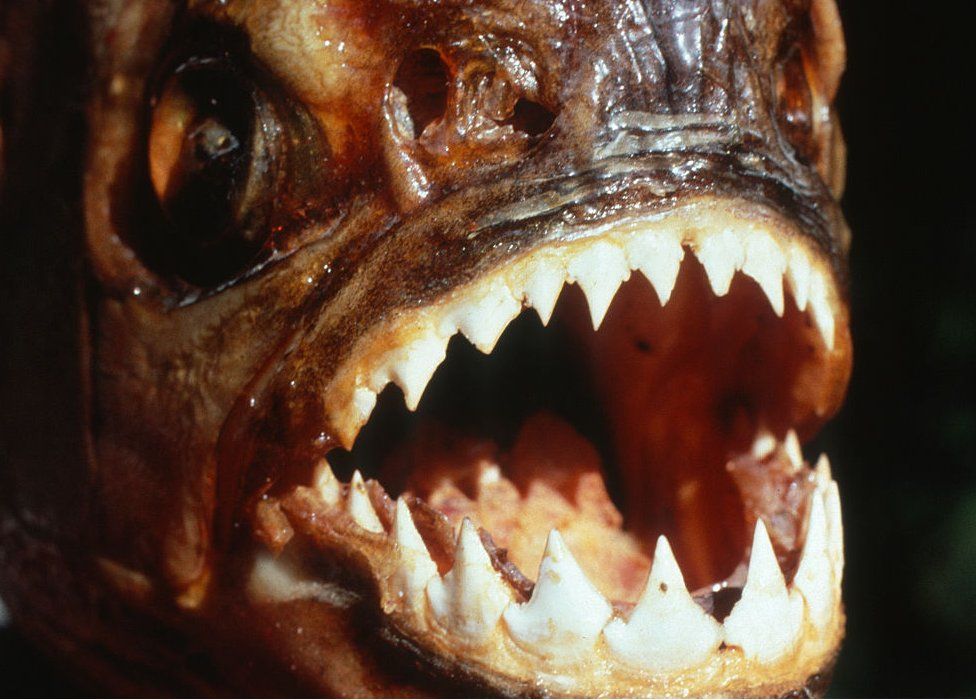A remarkable new species of predatory fish that lived about 152 million years ago (Jurassic period) has been identified from a fossil found in Germany.

Piranhamesodon pinnatomus, 2.8 inches (7.1 cm) long, from the Late Jurassic of Ettling, Solnhofen Archipelago, Germany. Image credit: M. Ebert.
The ancient fish, named Piranhamesodon pinnatomus, belongs to Pycnodontiformes, an extinct order of ray-finned fishes that lived from Triassic to Eocene period.
“It comes from a group of fishes that are famous for their crushing teeth,” said Dr. Martina Kölbl-Ebert, a paleontologist at the Jura-Museum Eichstätt.
“It is like finding a sheep with a snarl like a wolf.”

“But what was even more remarkable is that it was from the Jurassic.”
The nearly complete fossilized specimen of Piranhamesodon pinnatomus came from the Late Jurassic Plattenkalk deposits of the Solnhofen Archipelago, Bavaria, the same deposits that contained the famous feathered dinosaur Archaeopteryx.
Careful study of the specimen’s well-preserved jaws revealed long, pointed teeth on the exterior of the vomer, a bone forming the roof of the mouth, and at the front of both upper and lower jaws.

Additionally, there are triangular teeth with serrated cutting edges on the prearticular bones that lie along the side of the lower jaw.
The tooth pattern and shape, jaw morphology, and mechanics suggest a mouth equipped to slice flesh or fins.
“We were stunned that this fish had piranha-like teeth,” Dr. Kölbl-Ebert said.

An artist’s reconstruction of Piranhamesodon pinnatomus. Image credit: Jura-Museum Eichstätt.
The scientists also found the victims of Piranhamesodon pinnatomus: other fish that had apparently been nibbled on in the same limestone deposits where this piranha-like fish was found.

“We have other fish from the same locality with chunks missing from their fins,” said Dr. David Bellwood, a researcher at James Cook University.
“This is an amazing parallel with modern piranhas, which feed predominantly not on flesh but the fins of other fishes.”
A paper reporting this discovery is published in the journal Current Biology.
Source: sci.news








